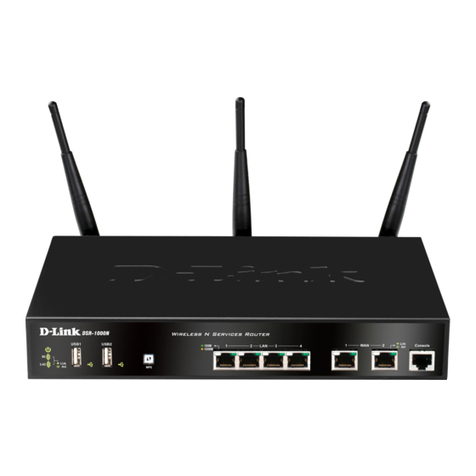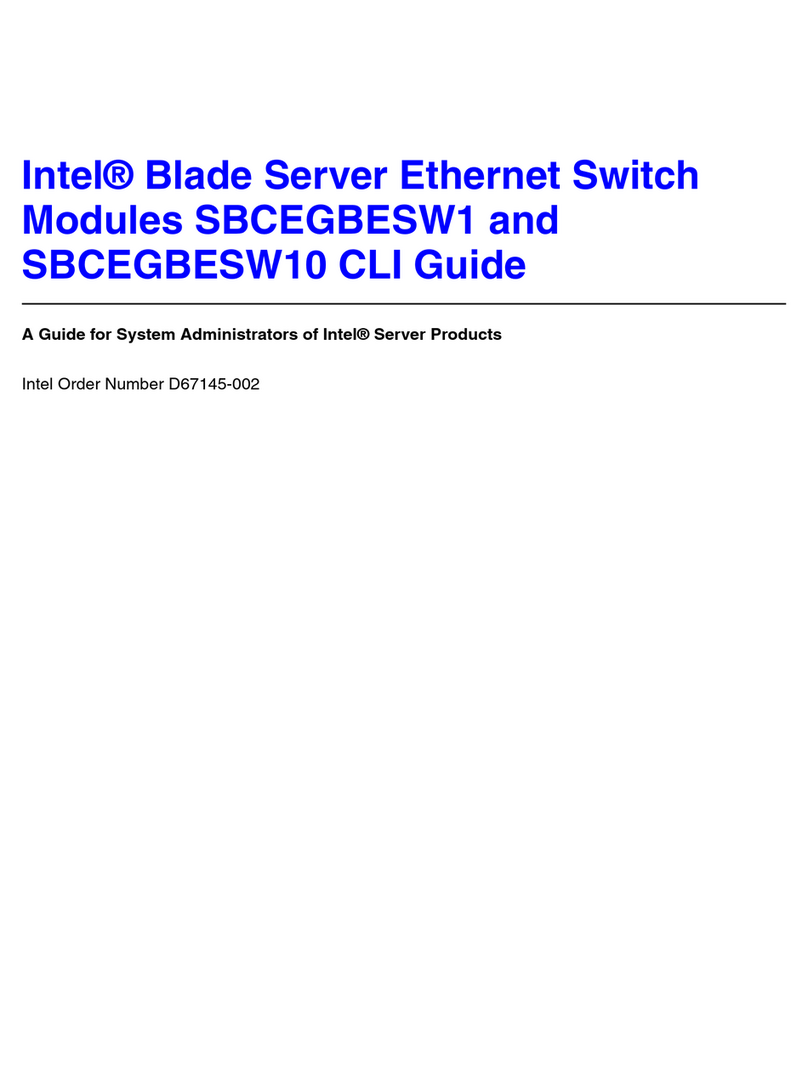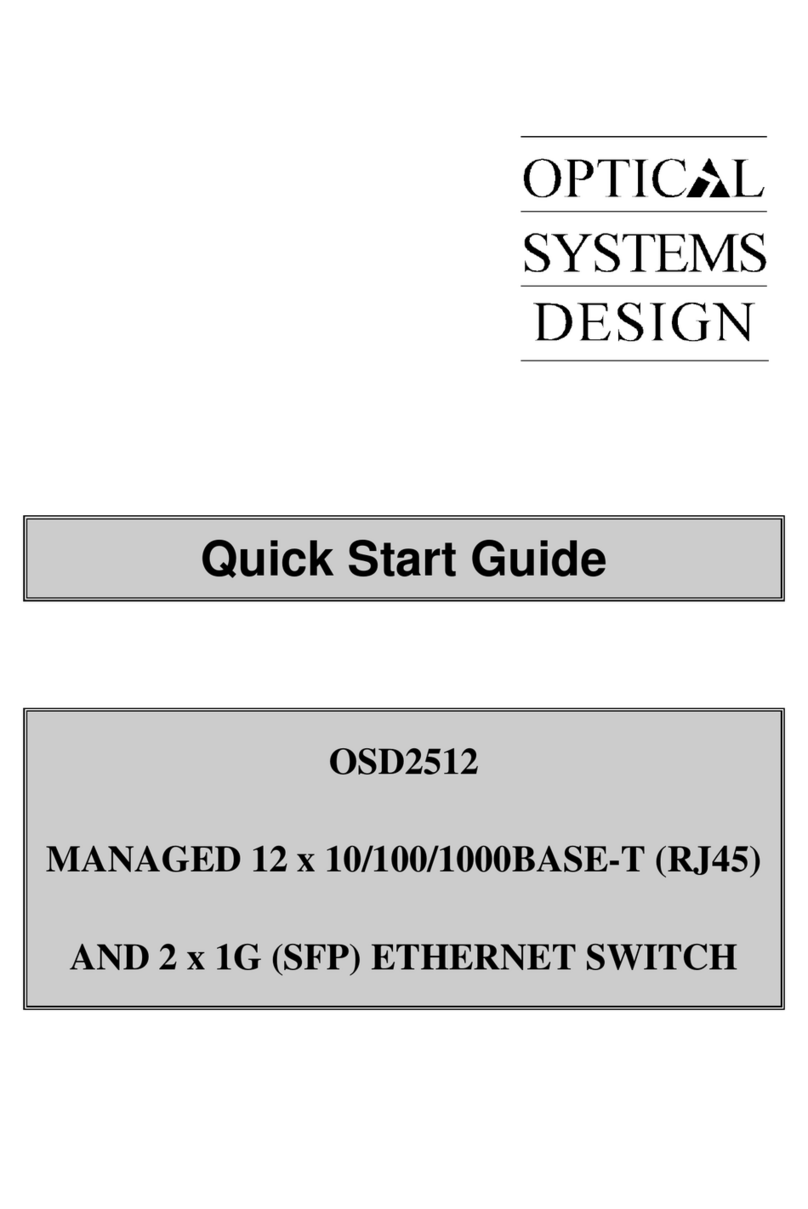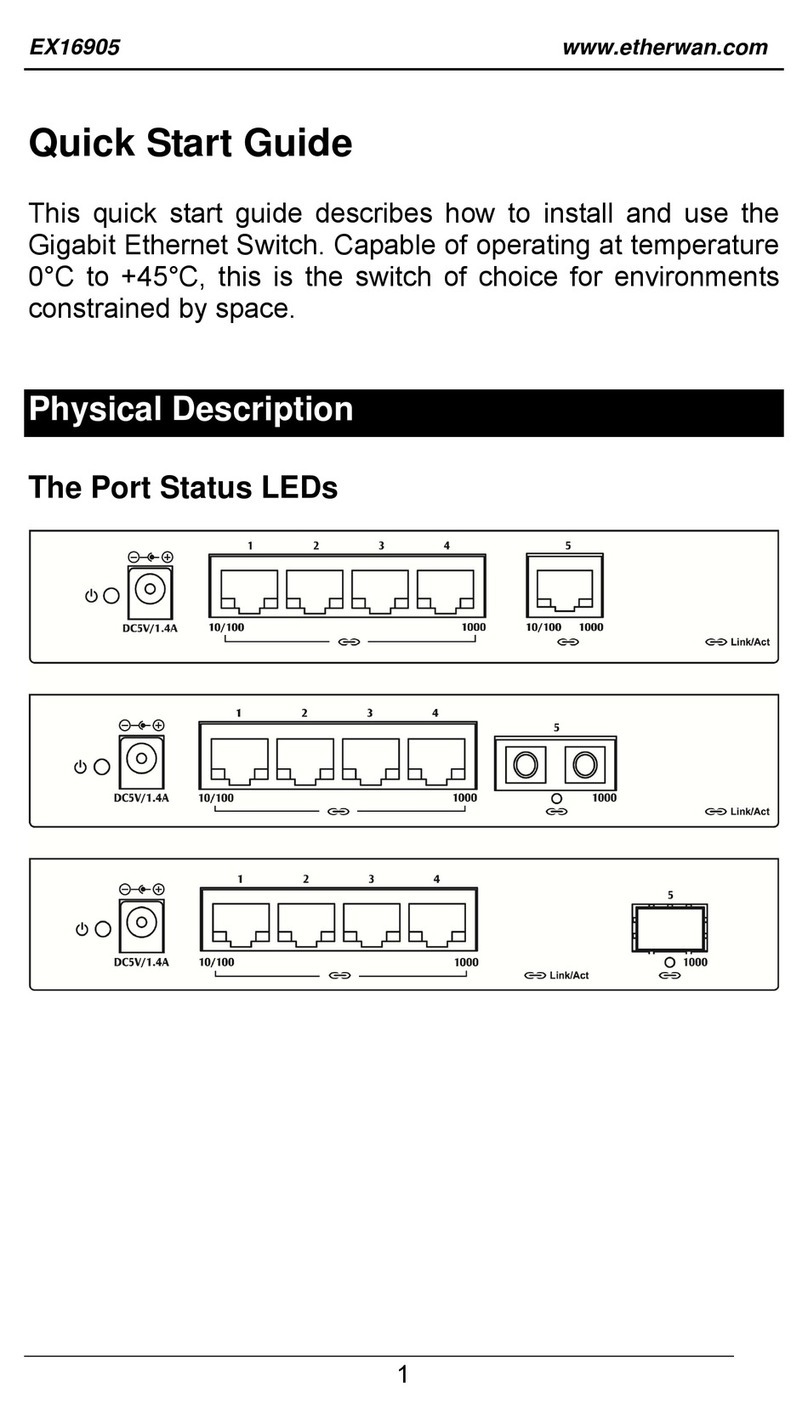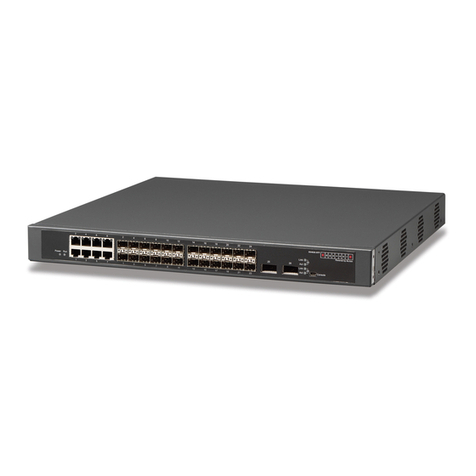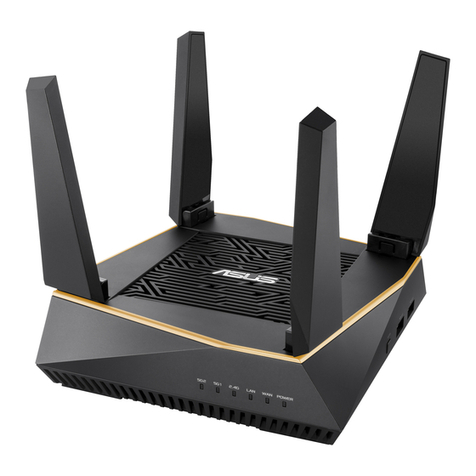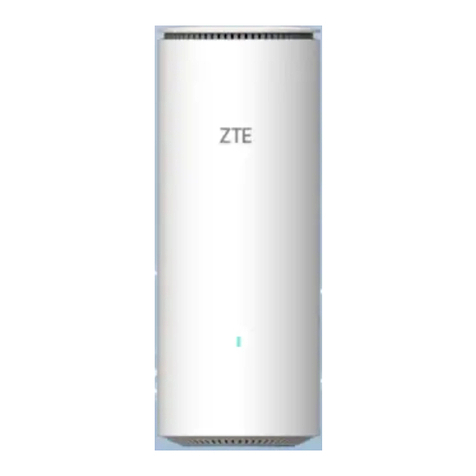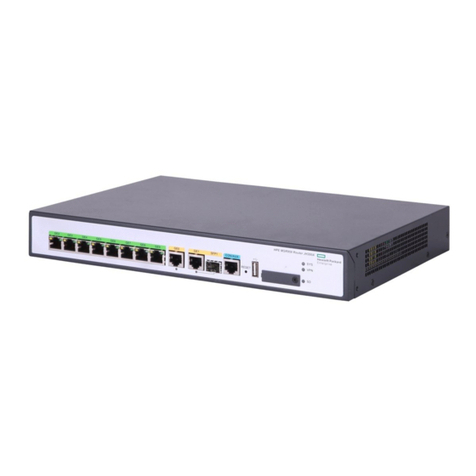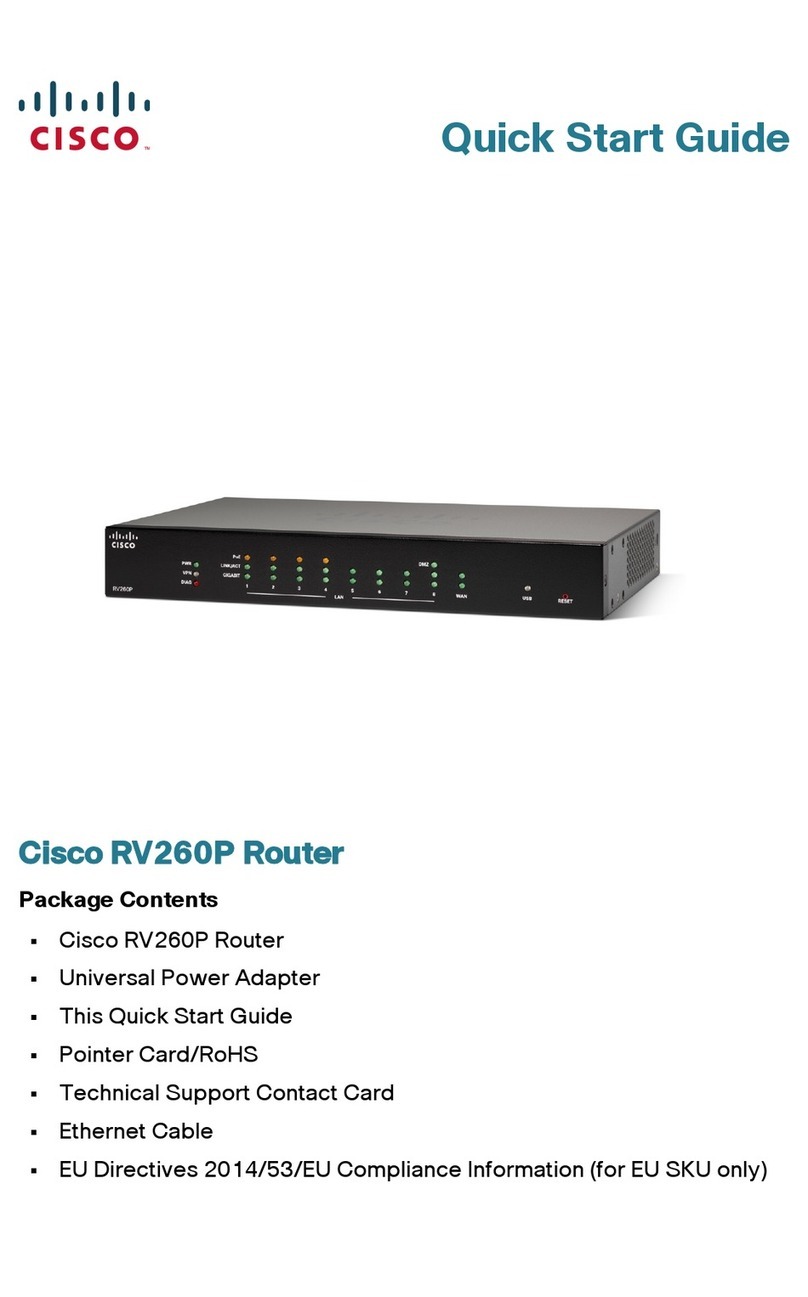EP Solar LS0512 User manual

LS0512
—— Solar Charge Controller
Please read this manual carefully before using the product!
EPSOLAR
INSTRUCTION
MANUAL


LS0512
—— Solar Charge Controller
Nominal system voltage 12VDC
Maximum PV input voltage 35V
Nominal charge / discharge current 5A
LandStar

Contents
1 Important Safety Information..................................1
2 General Information..................................................3
2.1 Product Overview........................................3
2.2 Product Features..........................................5
3 Installation Instructions ............................................7
3.1 Mounting.......................................................7
3.2 Wiring..........................................................10
4 Operation...................................................................13
4.1 Battery Charging Information.................13
4.2 LED Indicators...........................................16
4.3 Setting Operation.......................................19
5 Protections, Troubleshooting and Maintenance.20
5.1 Protection....................................................20
5.2 Troubleshooting.........................................21
5.3 Maintenance...............................................23
6 Warranty....................................................................24
7 Technical Specifications.........................................26

1
1 Important Safety Information
Save These Instructions
This manual contains important safety, installation and operating
instructions.
The following symbols are used throughout this manual to indicate
potentially dangerous conditions or mark important safety instructions,
please take care when meeting these symbols.
WARNING: Indicates a potentially dangerous
condition. Use extreme caution when
performing this task.
CAUTION: Indicates a critical procedure for
safe and proper operation of the controller.
NOTE: Indicates a procedure or function that
is important for the safe and proper operation
of the controller.

2
General Safety Information
Read all of the instructions and cautions in the manual before
beginning installation.
There are no user serviceable parts inside the controller. Do not
disassemble or attempt to repair it.
Install external fuses/breakers as required.
Disconnect the solar module and fuse/breakers near to battery before
installing or adjusting the controller.
Do not allow water to enter the controller.
Confirm that power connections are tightened to avoid excessive
heating from loose connection.

3
2 General Information
2.1 Product Overview
Thank you for selecting LandStar series solar charge controller that
adopts the most advanced digital technique and operates fully
automatically. The Pulse Width Modulation (PWM) battery charging
can greatly increase the lifetime of battery. It has various unique
functions and quite easy to use, such as:
High efficient Series PWM charging, increase the battery lifetime
and improve the solar system performance.
Use MOSFET as electronic switch, without any mechanical switch
LED indicators indicate battery voltage state.
Adopt temperature compensation, correct the charging and
discharging parameters automatically and improve the battery
lifetime.
Electronic protection: over charging, over discharging, overload, and
short circuit.
Reverse protection for battery.

4
The controller is for off-grid solar system, especially in solar light
system, and protects the battery from being over charged by the solar
module and over discharged by the loads. The charging process has
been optimized for long battery life and improved system performance.
The comprehensive self-diagnostics and electronic protection
functions can prevent damage from installation mistakes or system
faults.
Though the controller is easy to operate and use, please take your time
to read this manual and become familiar with it. This will help you
make full use of all the functions and improve your solar PV system.

5
2.2 Product Features
Figure 2-1 LandStar characteristics
1 –Charging status LED indicator
An LED indicator that shows charging status and also indicates when
battery voltage is higher than over voltage disconnec
t v
oltage.
2 –Load status LED indicator
An LED indicator that shows load status
3 –Battery voltage LED indicators
Four LED indicators indicating battery voltages .
1
1
2
1
1
3
4
1
1
1
1
5
6
7

6
4 –Setting button
Control the load ON/OFF and select the battery type
5 –Solar Module Terminals
Connect solar modules.
6 –Battery Terminals
Connect batteries.
7 –Load Terminals
Connect loads.

7
3 Installation Instructions
3.1 Mounting
Read through the entire installation section first before beginning
installation.
Be very careful when working with batteries. Wear eye protection.
Have fresh water available to wash and clean any contact with
battery acid.
Uses insulated tools and avoid placing metal objects near the
batteries.
Explosive battery gasses may be present during charging. Be certain
there is sufficient ventilation to release the gasses.
Avoid direct sunlight and do not install in locations where water can
enter the controller.
Loose power connections and/or corroded wires may result in
resistive connections that melt wire insulation, burn surrounding
materials, or even cause fire. Ensure tight connections and use cable
clamps to secure cables and prevent them from swaying in mobile
applications.
Use with Gel, Sealed or Flooded batteries only.
Battery connection may be wired to one battery or a bank of batteries.
The following instructions refer to a singular battery, but it is
implied that the battery connection can be made to either one
battery or a group of batteries in a battery bank.
Select the system cables according to 3A/mm2current density.

8
NOTE: When mounting the controller, ensure free
air through the controller heat sink fins. There
should be at least 6 inches (150 mm) of clearance
above and below the controller to allow for
cooling. If mounted in an enclosure, ventilation is
highly recommended.
WARNING: Risk of explosion! Never install the
controller in a sealed enclose with flooded batteries!
Do not install in a confined area where battery
gassed can accumulate.
Step 1: Choose Mounting Location
Locate the controller on a vertical surface protected from direct sun,
high temperature, and water. And make sure good ventilation.
Step 2: Check for clearance
Place the controller in the location where it will be mounted. Verify
that there is sufficient room to run wires and that there is sufficient
room above and below the controller for air flow.

9
Figure 3-1 Mounting and cooling
Step 3: Mark Holes
Use a pencil or pen to mark the four (4) mounting hole locations on
the mounting surface.
Step 4: Drill Holes
Remove the controller and drill 4 holes in the marked locations.
Step 5: Secure Controller
Place the controller on the surface and align the mounting holes with
the drilled holes in step 4.
Secure the controller in place using the mounting screws.
Warm air
Cool air
150mm(5.9inches)
150mm(5.9inches)

10
3.2 Wiring
NOTE: A recommended connection order has
been provided for maximum safety during
installation.
NOTE: The controller is a common positive
ground controller.
CAUTION: Don’t connect the loads with surge
power exceeding the ratings of the controller.
CAUTION: For mobile applications, be sure to
secure all wiring. Unsecured cables create loose
and resistive connections which may lead to
excessive heating and/or fire.
WARNING: Risk of explosion or fire! Never
short circuit battery positive (+) and negative (-)
or cables.
WARNING: Risk of electric shock! Exercise
caution when handling solar wiring. The solar
module(s) high voltage output can cause severe
shock or injury. Be careful operation when
installing solar wiring.

11
Before battery is connected, make sure that battery voltage is greater
than 6V so as to start up the controller.
The load should be DC applicant with the same rated voltage as
battery’s. Controller offers power to loads through the battery voltage.
It is recommended that no less than 2 times rated current fuse is
connected with battery and load.

12
Step 1: Wiring
The recommended connection order has been provided as Figure3-2
indicated. Be sure the negative and positive polarity connection is
correct and all terminals are tightened.
Figure 3-2 System wiring review
Step 2: Confirm power on
When battery power is applied and the controller starts up, the battery
LED indicators will be on. If the controller doesn't start up, or the
battery LED error exists, please refer to section 5 for troubleshooting.
Fuse
Battery
Fuse
Solar Module
1
1
3
2
1
1
Load
+
-
-
-
+
+

13
4 Operation
4.1 Battery Charging Information
Figure 4-1 PWM Charging mode
·Bulk Charge
In this stage, the battery voltage has not yet reached boost voltage and
100% of available solar power is used to charge the battery.
·Boost Charge
When the battery has recharged to the Boost voltage setpoint,
constant-current regulation is used to prevent heating and excessive
battery gassing. The Boost stage remains 120 minutes and then goes to
Float Charge.

14
·Float Charge
After the battery is fully charged in Boost voltage stage, the controller
reduces the battery voltage to Float voltage set point. When the battery
is fully recharged, there will be no more chemical reactions and all the
charge current transmits into heat and gas at this time. Then the
controller reduces the voltage to the floating stage, charging with a
smaller voltage and current. It will reduce the temperature of battery
and prevent the gassing, also charging the battery slightly at the same
time. The purpose of Float stage is to offset the power consumption
caused by self consumption and small loads in the whole system,
while maintaining full battery storage capacity.
In Float stage, loads can continue to draw power from the battery. In
the event that the system load(s) exceed the solar charge current, the
controller will no longer be able to maintain the battery at the Float
setpoint. Should the battery voltage remains below the boost reconnect
charging voltage, the controller will exit Float stage and return to Bulk
charge.
·Equalize Charge
WARNING: Risk of explosion!
Equalizing flooded battery can produce explosive
gases, so well ventilation of battery box is
necessary.

15
NOTE: Equipment damage!
Equalization may increase battery voltage to the
level damaging to sensitive DC loads. Ensure that
all load allowable input voltages are greater than
the equalizing charging set point voltage.
NOTE: Equipment damage!
Over-charging and excessive gas precipitation
may damage the battery plates and activate
material shedding on them. Too high an
equalizing charge or for too long may cause
damage. Please carefully review the specific
requirements of the battery used in the system.
Certain types of batteries benefit from periodic equalizing charge,
which can stir the electrolyte, balance battery voltage and complete
chemical reaction. Equalizing charge increases the battery voltage,
higher than the standard complement voltage, which gasifies the
battery electrolyte.
If the battery is over discharged, the solar controller will automatically
turn to equalize charging stage, and the equalize stage remains
120mins. Equalize charge and boost charge are not carried out
constantly in a full charge process to avoid too much gas precipitation
or overheating of battery.

16
4.2 LED Indicators
Charging indicator Load indicator
Figure 4-2 LED indicators
Charging status indicator
ON whenever sunlight is available for battery charging,
FAST FLASHING when battery over voltage.
Please refer to section 5 for troubleshooting.
1
Setting button
2
3
4
: Battery indicators
Table of contents
Popular Network Router manuals by other brands
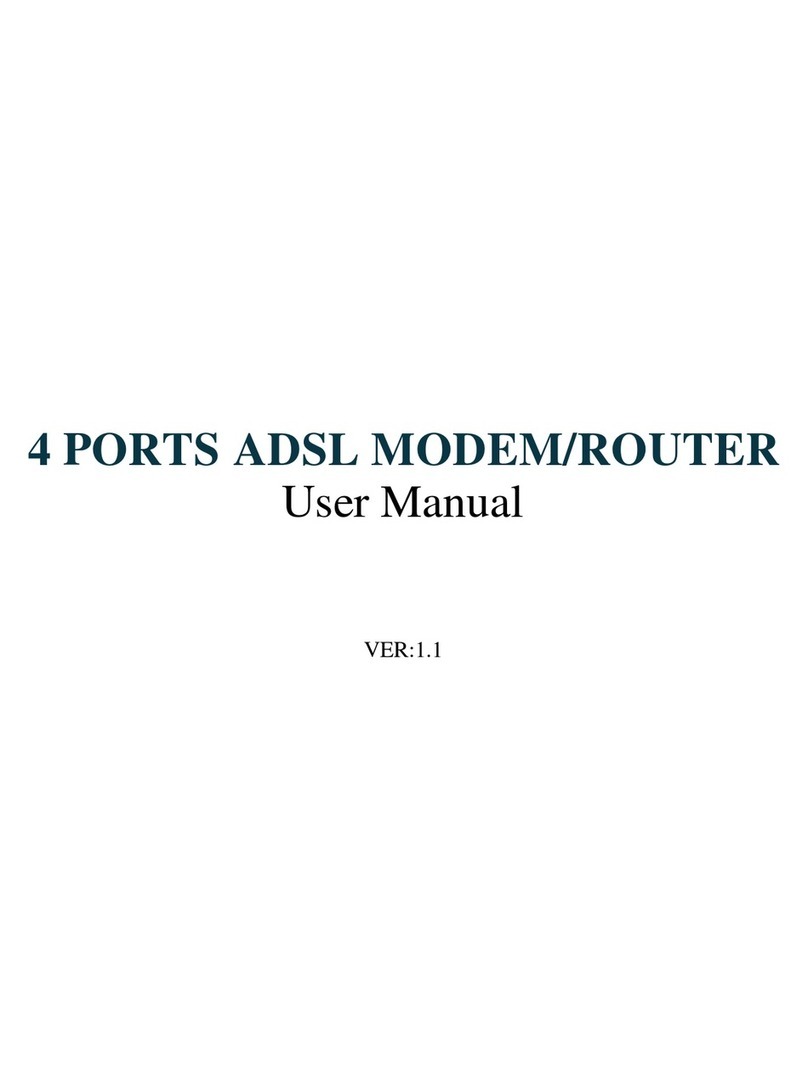
Texas Instruments
Texas Instruments 4 PORTS ADSL MODEM/ROUTER user manual

Motorola
Motorola 2108-N9 user manual
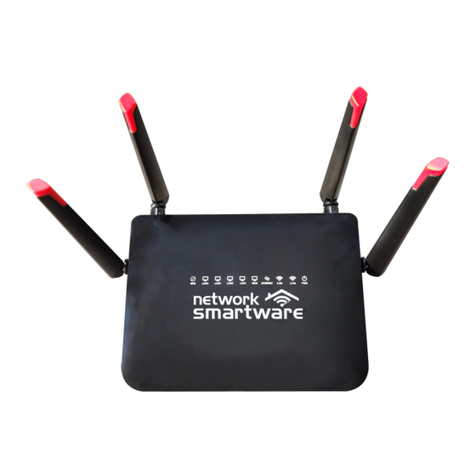
Network Smartware
Network Smartware NSAC1200RZ user guide
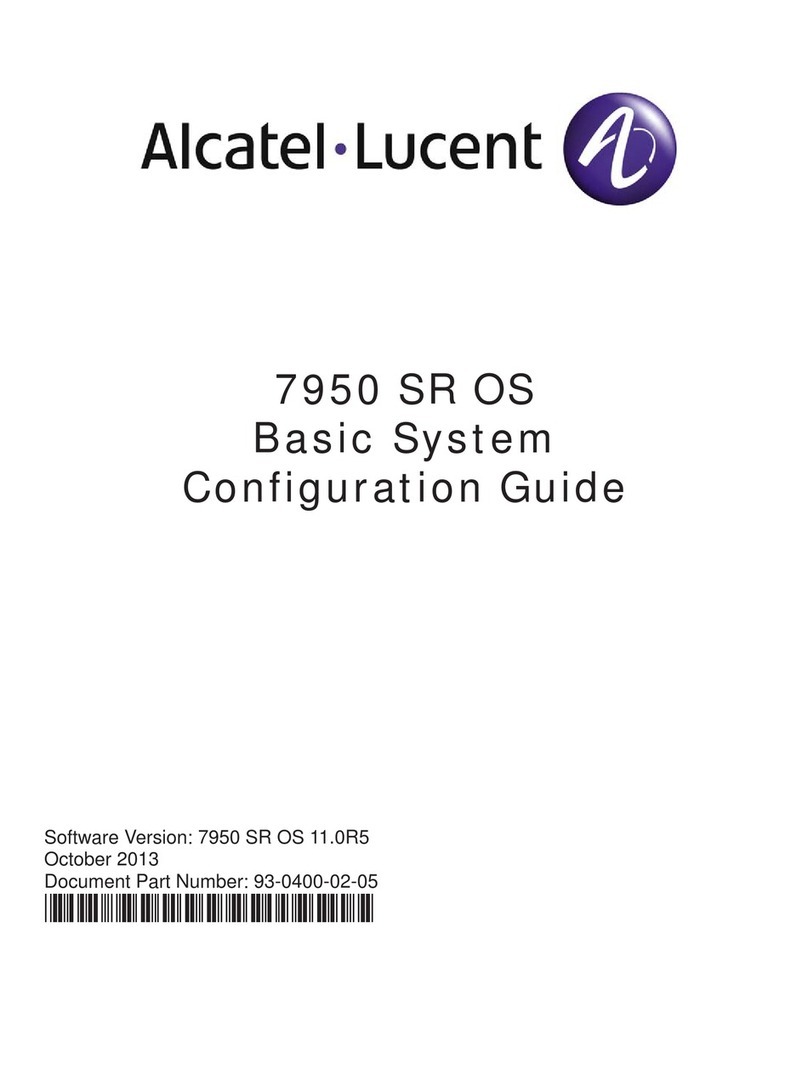
Alcatel-Lucent
Alcatel-Lucent 7950 XRS Series Configuration guide
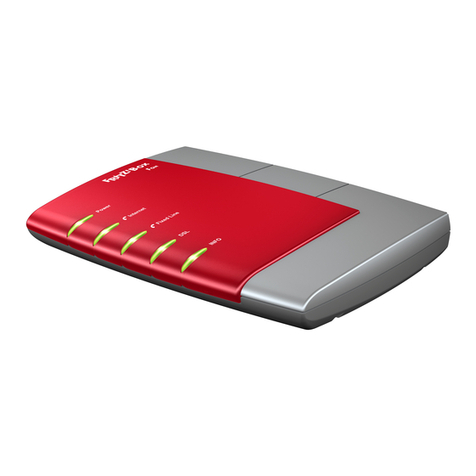
AVM
AVM FRITZ!Box Fon 5124 Installation, configuration and operation

Abocom
Abocom FSM610 Specification sheet
